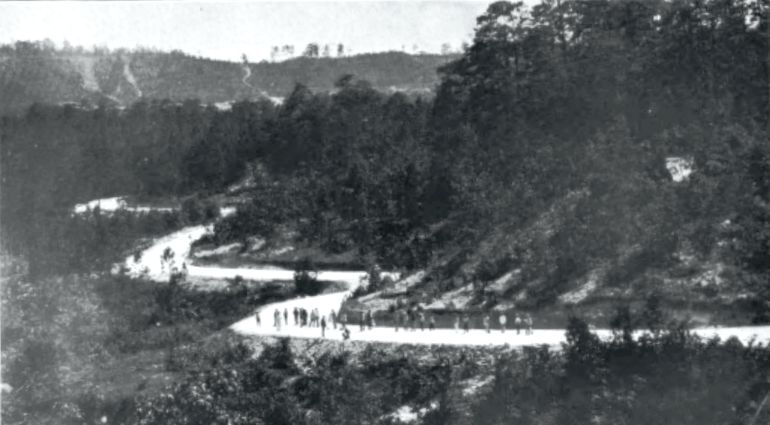Honduras 19th Century Postal Service
The postal system in Honduras had limped along since colonial times. There was little interest by the government because the privileged used more reliable and less expensive private delivery systems and the poor weren't taught to read or write anyway. The introduction of postage stamps in 1865 didn't change things.
In 1876 a Cuban refugee named Estrada was appointed by President Soto to straighten out the postal system in anticipation of entering the new Universal Postal Union. Estrada did a good job and was later to be recognized with a post card celebrating his life. President Soto oversaw the joining of the UPU and the publishing of postal rates and guides just before his retirement at the end of 1879.
In 1901 40% of all mail went abroad. Thus the privileged preferred the postal system for foreign correspondance. This was highly influenced by the high fee to send a cable to the United States. One could send 15 first class letters to the States for the price of one cablegram. The postal rates were at times divided into 3 confusing types: international, domestic and local. The local rate was only a third of the domestic rate and the local rate for printed matter (read New Year's cards) could be half the local rate. Domestic mail was also rather slow. As an example mail from Tegucigalpa to La Ceiba or Juticalpa was dispatched but once a week.
Picture postcards became popular just a few years before the first World War. Before that there just weren't many tourists from the United States. Banana boats were not set up for upscale tourist travel to say the least. That left two ports of departure, New York or San Francisco. A ticket from New York to Amapala via Panama aboard a posh mail steamer cost $3700 in 2020 US dollars... far more than passage to Paris or Rome.
So as we approach 1910 in Honduras three things are of note:
1. Nearly half of all mail handled was international to the United States or Europe. These are the most common classic Honduran covers.
2. Far less common was internal mail at the local rate. Here the "haves" exchanged printed cards of celebration, introduction or condolences.
3. Only the privileged few had been taught to read and write.
 Newly improved road from the capital city to the Pacific coast. 1900.
Newly improved road from the capital city to the Pacific coast. 1900.
We wish to thank our collecting mentor of many years, the internationally famous author and expert on Honduras philately, Richard Washburn. Richard lived and collected in Honduras for thirty five years. His patient help and renowned Honduras collection are without equal.
---------------------------------------------
Honduras Postal Jottings by Irving Green in Mainsheet March 1975 p. 76.
8/24

